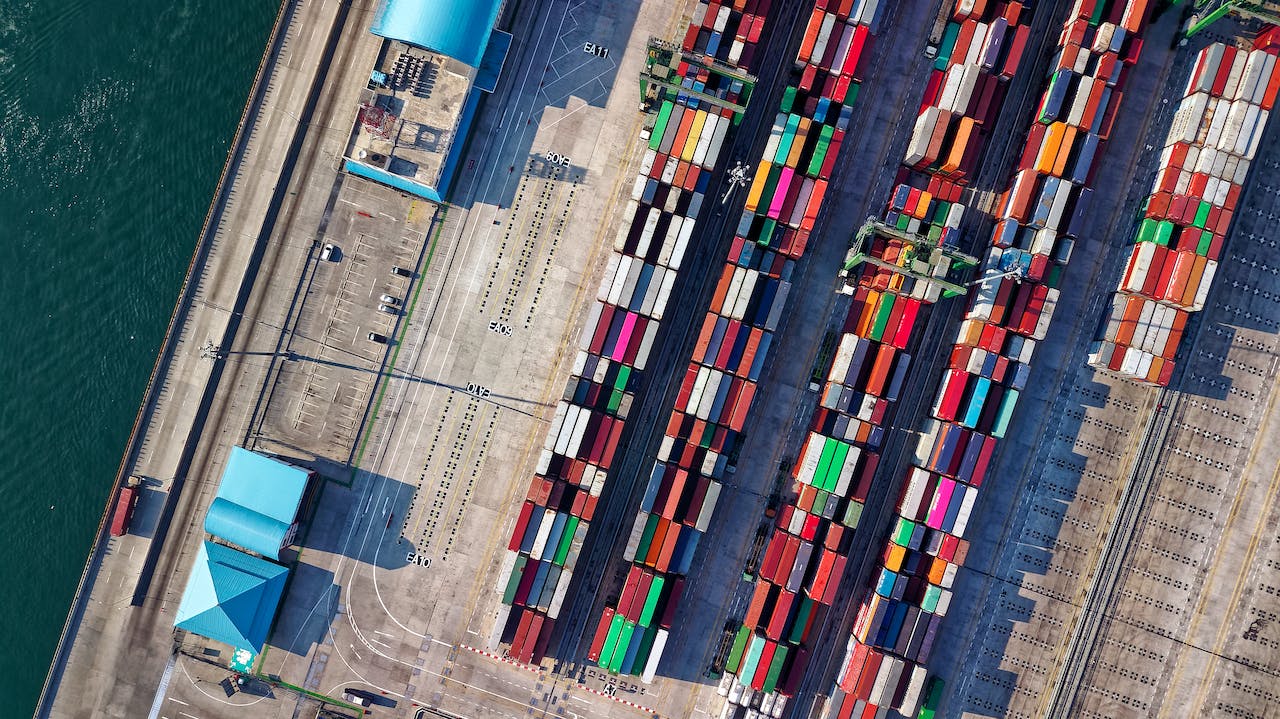.png)
Five key tools for supply chain risk management
January 12, 2024
Table of contents
Quick Access

In the dynamic world of global trade, supply chain risk management has become critical to ensuring operational resilience. Unexpected events, ranging from natural disasters to geopolitical tensions, can disrupt supply chains and impact business continuity.
To successfully navigate these uncertainties, companies are turning to advanced tools and technologies designed to identify, assess and mitigate risks in their supply chains.
There are development and technology agencies around the world prepared to respond to the needs of supply chains and help them integrate with the technology trends of the moment.
In this article, we will explore five key tools that play a critical role in effective supply chain risk management.
Tools for supply chain risk management
1. Supply chain visibility platforms
Supply chain visibility is the foundation of risk management. Advanced platforms leverage real-time data and analytics to provide end-to-end visibility across the entire supply chain. These platforms allow companies to track inventory levels, monitor supplier performance, and identify potential disruptions. By having a comprehensive view of the supply chain, organizations can proactively respond to potential risks before they escalate.
2. Risk assessment and modeling software
Risk modeling and assessment software uses algorithms and data analysis to evaluate potential risks and their potential impact on the supply chain. These tools consider various factors, including geopolitical events, economic trends, and supplier vulnerabilities, to create predictive models.
By simulating different scenarios, companies can assess the likelihood of disruptions and formulate proactive risk mitigation strategies. “Risk management software products help organizations reduce exposure to business and operational risk, improve quality, and minimize losses by better managing data,” they explain in Capterra.

3. Internet of Things (IoT) Devices
IoT devices provide real-time monitoring and tracking of goods in transit. From temperature sensors to GPS trackers, these devices offer valuable data points that contribute to risk management efforts. For example, monitoring temperature fluctuations in a shipping container can help prevent spoilage of perishable products, reducing the risk of financial loss.
4. Blockchain technology
Blockchain technology improves transparency and traceability within the supply chain. By creating an immutable, decentralized ledger, blockchain ensures that every transaction and movement of goods is securely recorded. This not only reduces the risk of fraud, but also helps verify the authenticity of products, ensure compliance with regulatory standards and provide a reliable audit trail in case of disputes.
5. Supplier Risk Management Software
Suppliers are integral to the success of any supply chain, but they also pose potential risks. Supplier risk management software allows companies to evaluate the financial stability, regulatory compliance, and overall reliability of their suppliers. By categorizing suppliers based on risk levels, organizations can allocate resources more effectively and develop contingency plans for critical suppliers.

Supply Chains Deserve Strong Tools
In a world where supply chains are increasingly complex and interconnected, the need for robust risk management tools has never been more evident. These five key tools (supply chain visibility platforms, risk assessment and modeling software, IoT devices, blockchain technology, and supplier risk management software) enable companies to proactively identify and address potential risks, ultimately improving the resilience of their supply chains.
As organizations continue to invest in advanced technologies, the goal is not only to reactively manage risks, but also to build agile and adaptable supply chains capable of withstanding unforeseen challenges. By leveraging these tools together, companies can strengthen their supply chain resilience and thrive in an era of constant change.
At Rootstack, we have collaborated with clients to strengthen the technological flow of supply chains, creating software products capable of managing this process and making it easier and faster.
We recommend you on video
Related Blogs

Steps for software product development
-9.20.37-a.m.png)
Product Design and Development

Tools for Machine Learning

The Best Data Science Tools in 2025

What is Data Science?

